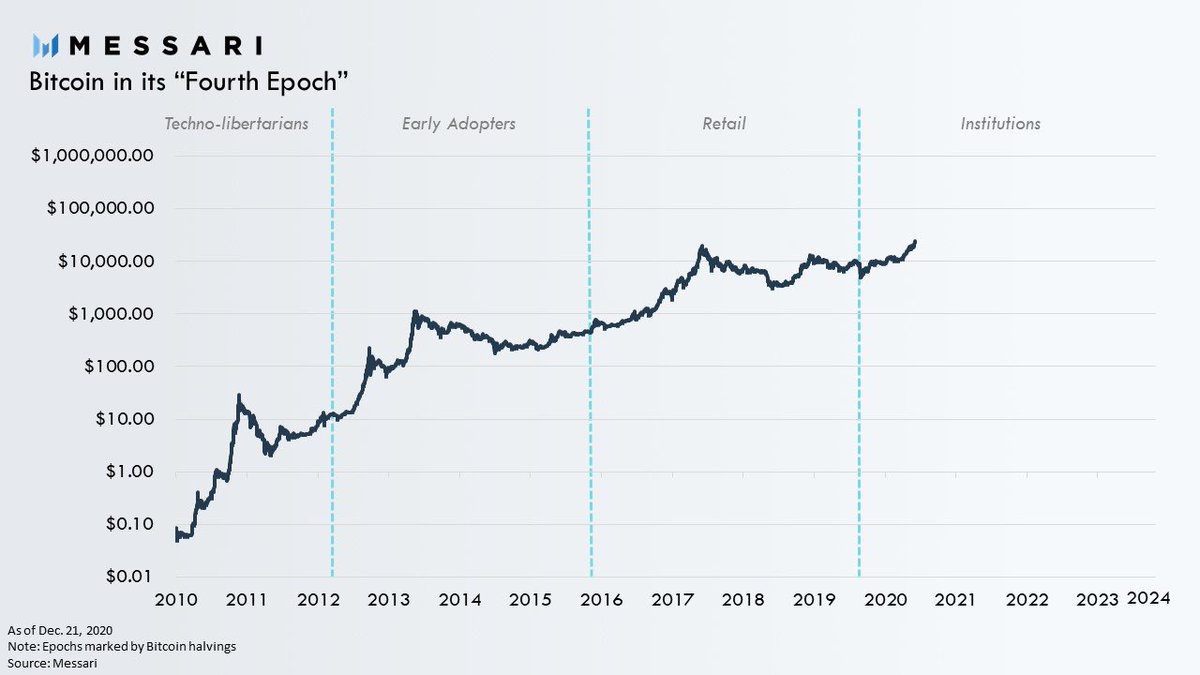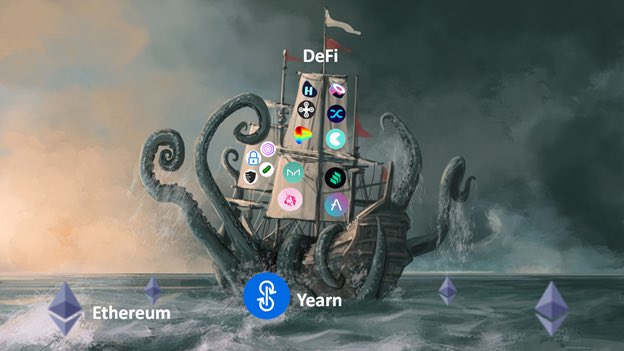
The most effective meme I’ve found for Ethereum is “Digital Economy”
From there it’s easy to layout how Ethereum is the foundation for a variety of digital institutions (protocols) built upon the same principles of decentralization as Bitcoin.
1/
From there it’s easy to layout how Ethereum is the foundation for a variety of digital institutions (protocols) built upon the same principles of decentralization as Bitcoin.
1/

With “Bitcoin : Digital Gold :: Ethereum : Digital Economy” as the framing its then much easier to describe what a bet on ETH is.
I first explain DeFi (the new Wall Street), NFTs, Web3, and all the other mind blowing projects built on Ethereum...
I first explain DeFi (the new Wall Street), NFTs, Web3, and all the other mind blowing projects built on Ethereum...
...then illuminate how ETH is at the center of all it.
If BTC is like gold - an asset that people store value in but don’t use as money.
Then ETH is like money - the most liquid asset in Ethereum’s on-chain economy that is demanded for a wide range of economic uses.
If BTC is like gold - an asset that people store value in but don’t use as money.
Then ETH is like money - the most liquid asset in Ethereum’s on-chain economy that is demanded for a wide range of economic uses.

If I get pressed on the semantics of “money” I explain how ETH is used as a medium of exchange, store of value, and unit of account...
...but also eventually as the ultimate source of security for the Ethereum blockchain, stretching the idea of what money is.
...but also eventually as the ultimate source of security for the Ethereum blockchain, stretching the idea of what money is.
A lot these ideas are what we attempted to express and put numbers behind in our latest ETH 2.0 report.
messari.io/road-to-eth2
messari.io/road-to-eth2
• • •
Missing some Tweet in this thread? You can try to
force a refresh








